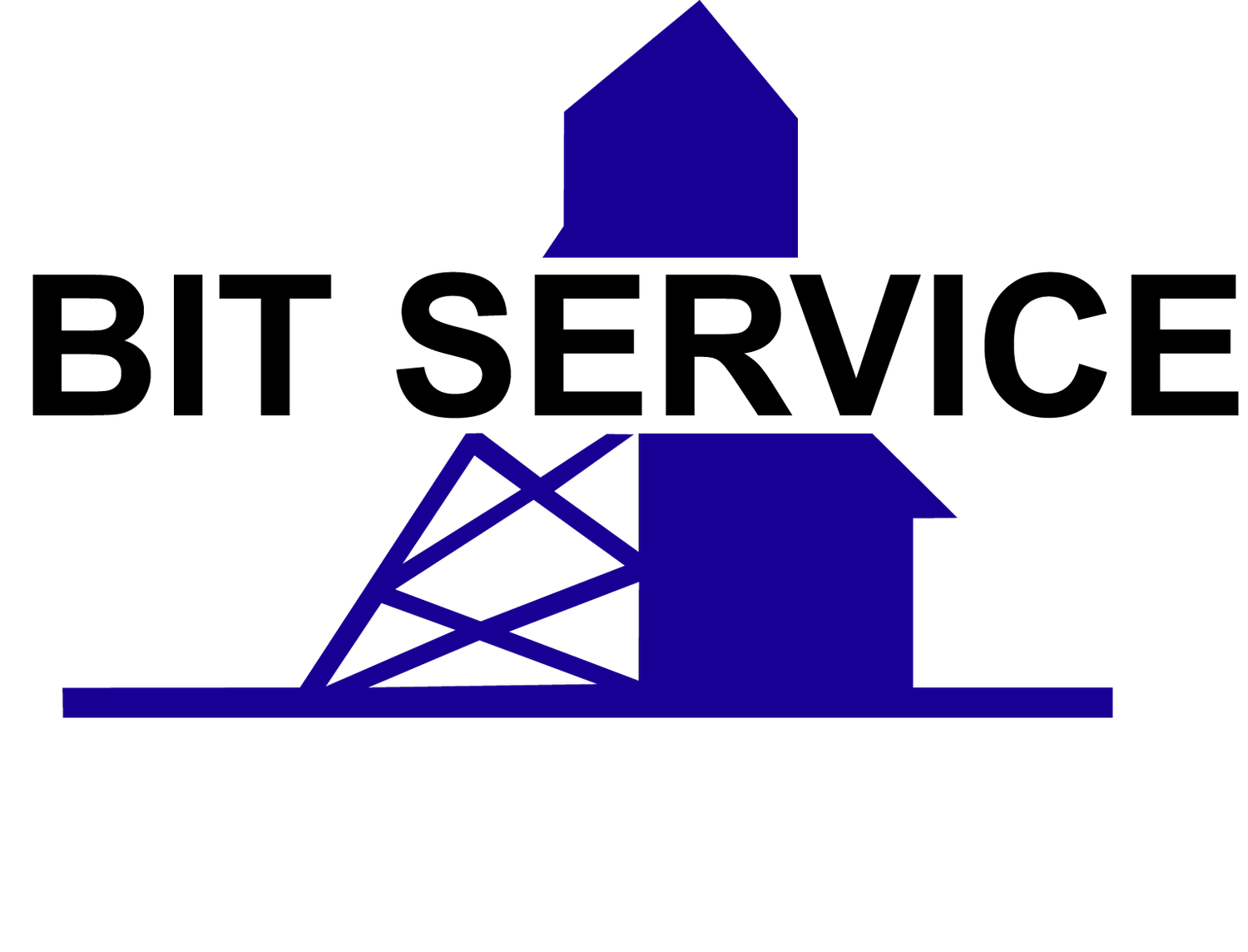Forces and Applications in Digital Design Manipulation
By: Andrew Grasdal
Using various forces and applications in the process of digital design is extremely helpful when communicating with clients. But it’s also helpful in reducing the number of unknown factors that could affect the wear and tear of a product. There are various ways to manipulate a digital design to get feedback and data to help in the actual design of the product, including new and upcoming innovations.
Finite Element Analysis (FEA)
FEA uses mathematical models to digitally stress test a design before it gets physically created. It helps simulate weight on a product to see where the design may need to be improved or what it’s limits are. You take a 3D model, put forces on it, and it will tell you what’s going to break. For example, if you design a shelf and put a heavy object on it, you would be telling the program that you’re putting 200 pounds on a shelf, and the program will tell you where there will be stress and where it will break.
This design manipulation is beneficial in that it’s already integrated into 3D modelling programs, making it easy and accessible to test. It can be used to ensure there are fewer unknowns about a specific end design before actually creating it, essentially making it cost-effective and time-efficient.
(For quotes – Ensuring that there are fewer unknowns about a specific end design before creating it will make it more cost-effective and time-efficient)
Generative design
Generative design is a newer tool that is used to test digital designs. It’s user friendly and requires less knowledge to test a design than it once would have, making it an excellent tool to integrate into a design for use by multiple people as it’s easier to understand. In generative design, you’re able to input various constraints for a product and then have the program design a couple of hundred variations of what the end product could look like within those constraints.
Take, for example, a bicycle. If you’re designing the bike frame, you would tell the program where the wheels have to go, and where a seat must go, and any other constraints relevant to a bike. You could narrow it down further by weight or size as well and add areas that it’s not allowed to go in terms of the overall shape of the bike. Then, the program can generate, on average, 200 various designs based on the materials, loads, and constraints that you’ve included. From there, you can view all these designs and decide which ones are the best fit for your client.
This type of design is considered one of the new frontiers of design manipulation and, excitingly, does some of the work for you. Right now, this type of modelling is separate from current 3D modelling, unlike FEA.
Both of these manipulation techniques have the end-user in mind—creating the best product is of the utmost importance at Bit Service. Innovation and developments in technology continue to make this possible, and understanding how these relatively user-friendly tools can be integrated into our business to continue improving products for clients is something we continue to strive towards.
